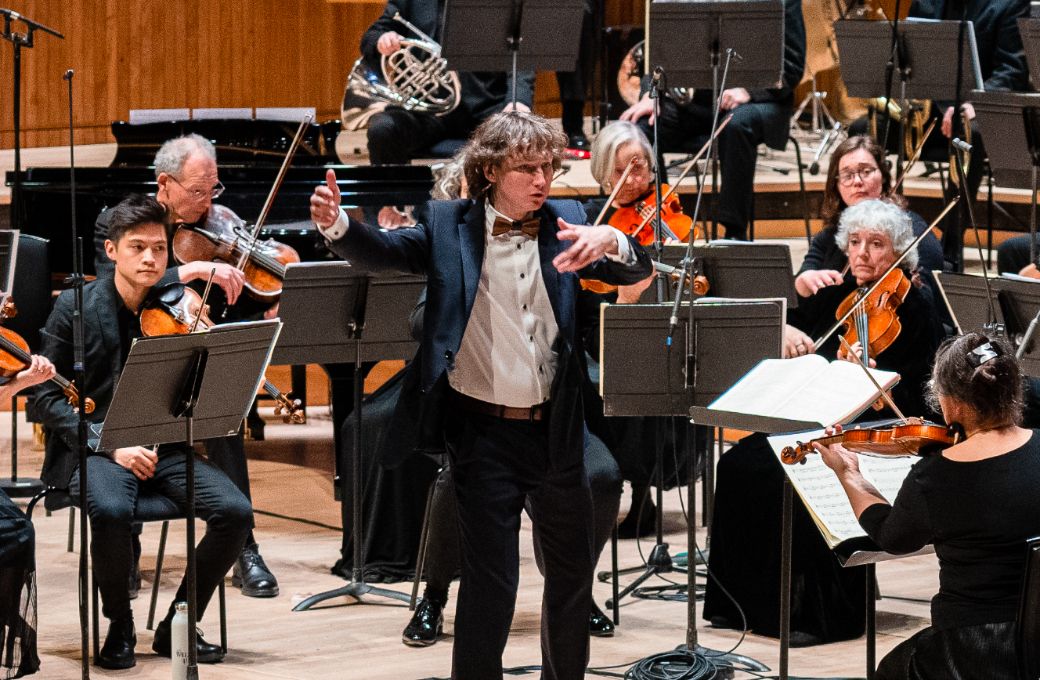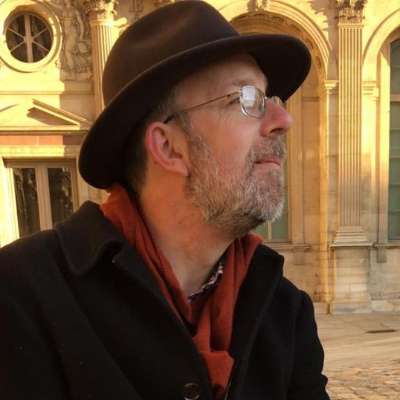Camille Saint-Saëns is much maligned. Caricatured as a fuddy-duddy in his old age, it’s forgotten that he still embraced new technologies, making early piano rolls and composing the first original score for a silent film, L'Assassinat du duc de Guise, in 1908. His most famous opera, Samson et Dalila, foxes today's opera directors, who can’t resist satirising it as kitsch, while in concert halls one rarely hears anything beyond the Organ Symphony.

Russian conductor Maxim Emelyanychev duly programmed that symphony in this fantastic concert with the Orchestra of the Age of Enlightenment, but preceded it with three works which, if popular on disc, aren’t played in concert half as much as they should be. If anyone needed convincing of Saint-Saëns’ greatness, then this was the concert to do it.
French period instrument orchestras such as Les Siècles have done Saint-Saëns proud over the years, but this is the first time I can recall the OAE playing his music. The gains were many, starting with clarity and balance. Even with a string section numbering 41 players, five double basses anchoring the sound at the rear of the platform, it was a joy to be able to hear the woodwinds – including fruity French bassoons, merci beaucoup – galloping through Phaéton’s chariot ride across the sky so clearly. Narrow-bore brass were sonorous in the Organ Symphony, but never walloped the rest of the orchestra into submission – that job was left to James McVinnie and the Royal Festival Hall’s 7,866 pipe organ, launching the finale with a C major chord so thunderous that it shook the hall. And Saint-Saëns’ “big tune” was delivered with gusto.
Emelyanychev brought great discipline to the playing – I’ve rarely heard such precision from the OAE – but also bags of energy: the Presto section of the Organ Symphony’s second movement burbled along infectiously; a trio of timpanists signalled Jupiter’s thunderbolt in Phaéton; while the famous Danse macabre went with a real swing, propelled along by the boyish Emelyanychev, hair flopping in rhythm. Leader Matthew Truscott scraped his devilish tritones from behind the woodwinds.
But the overriding impression was one of love for Saint-Saëns’ music, evident from the beaming smiles of principal cellist Luise Buchberger to timpanist Adrian Bending, peering across at the xylophone he had built during its clattering contributions to the Danse macabre. But the personification of that love was Steven Isserlis playing the First Cello Concerto, clearly enraptured by its beauty but also by the OAE’s contributions; it's a long time since I've seen a soloist listening so carefully to the orchestra, especially when Emelyanychev led the most delicate of Minuets, danced on a wisp of hair. Isserlis tumbled into the first movement’s opening phrases with relish and his singing tone and nimble bowing made light work of this marvellous piece.
His encore, in memory of Jacqueline du Pré on what would have been her 78th birthday, was perhaps the most famous melody Saint-Säens ever composed, The Swan from The Carnival of the Animals, floating serenely over Emelyanychev’s rippling piano accompaniment. The Campaign for More Saint-Saëns continues.


